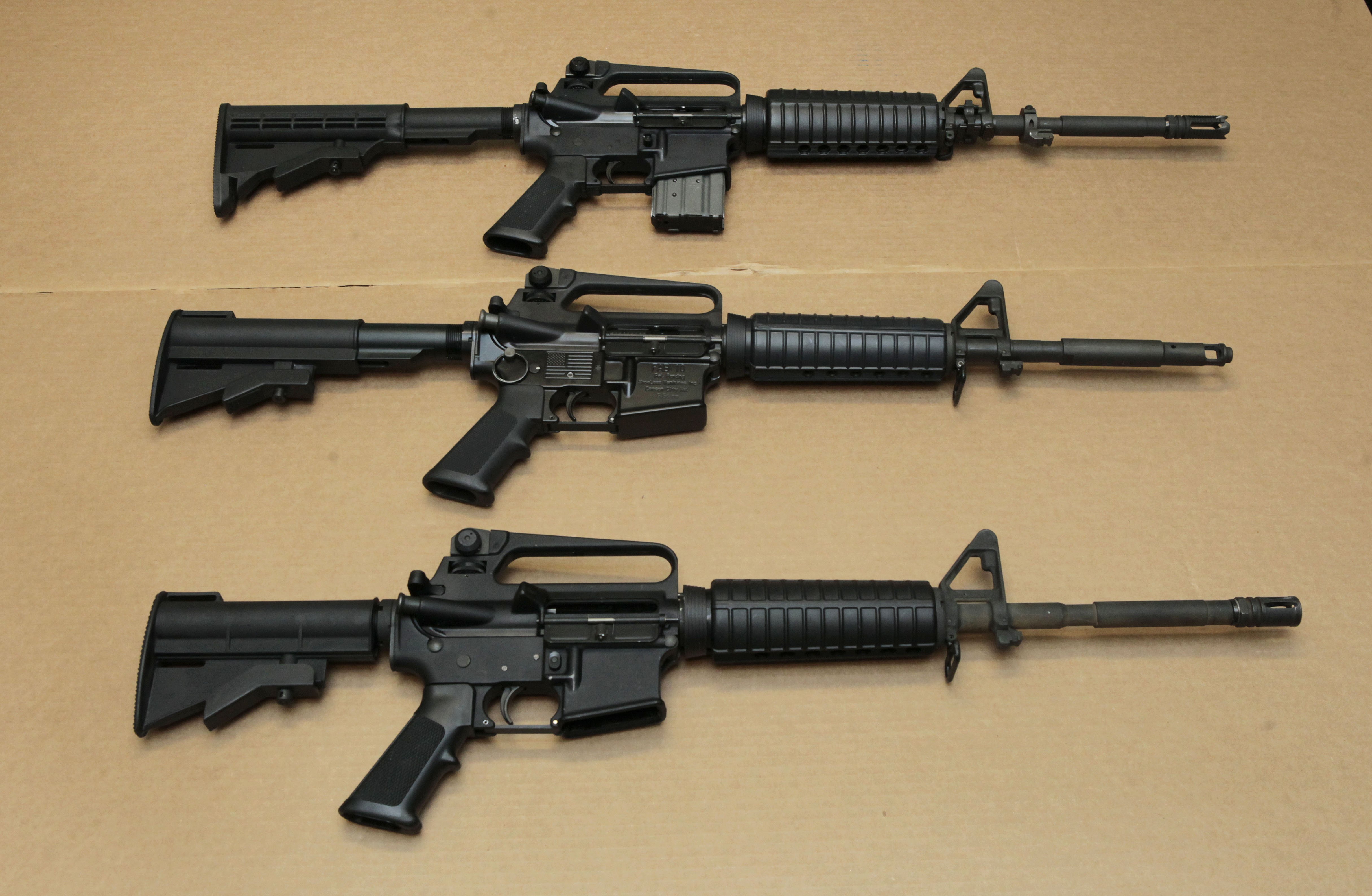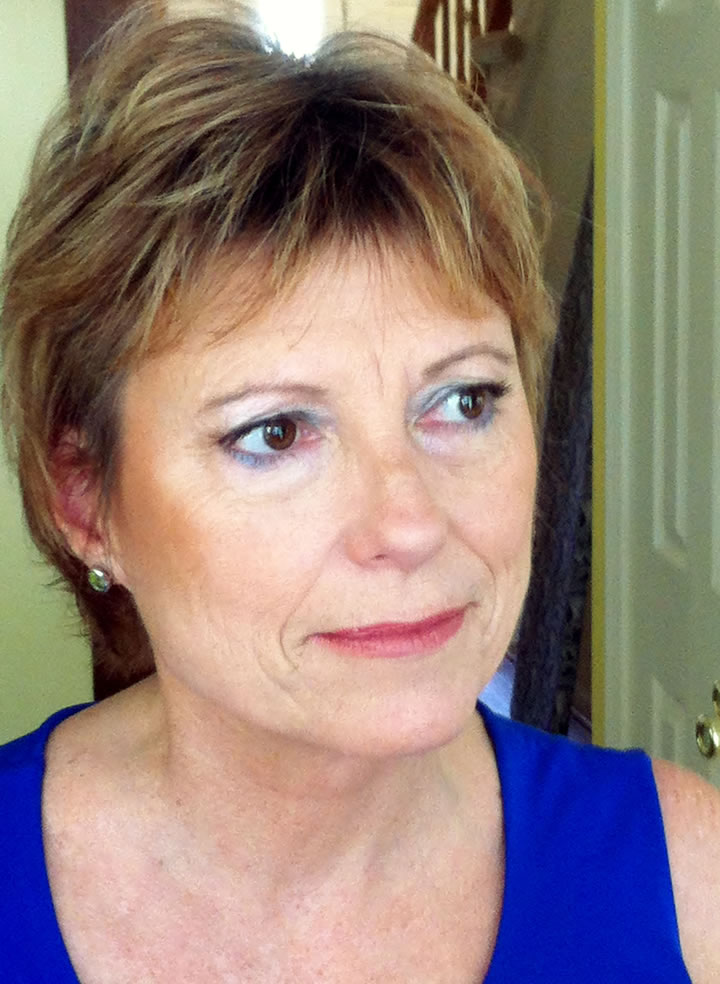
Massacre Coverage: Same Show, Different Day: Part 2
In September, I wrote a blog on things that bugged me about media coverage of the September 16 Washington Navy Yard shootings. This blog is about things I found disturbing in media coverage of the January 25 shootings at Columbia Mall.
On January 25, a gunman in Howard County’s Columbia Mall murdered two young employees of a skateboard store and injured several others – before taking his own life.
It was just September 16, 2013, a little over four months ago, that I wrote a blog about a different local massacre — the shooting at the Washington Navy Yard where Aaron Alexis killed twelve and injured three people.
When I heard about the shooting in Howard County, about six hours after it occurred, I turned to television to view coverage of the tragedy. Although a shaken friend had told me “CNN had been covering the event all day,” by the time I tuned in, CNN and MSNBC had resumed more or less normal programming.
I was not surprised. These shootings have become commonplace. In scale, Columbia Mall was no Boston Marathon bombing, no Washington Navy Yard shooting, no Sandy Hook Elementary massacre.
Two victims. The suspect dead. We turn now to other events of the day.
The only place I could find television coverage on the mall shooting at the moment I turned the television on, was FOX News.
The discussion at that late hour had gone beyond the known facts and moved to commentary on how “well” the incident had been handled. Commentators remarked that store employees in the mall had done very well, quickly pulling the shutters down on their storefronts, and herding customers to safety in the backs of the stores.
Commentators praised the fast response by police. They also praised law enforcement’s strategy, saying that police forces have learned from similar incidents not to wait before moving in. One commentator said waiting was the former conventional response, used at Sandy Hook Elementary School for example. The revised, improved strategy was the result of harsh experience: confront the shooter right away.
Later, I heard other television commentators on other networks offer similar praise.
News people had good words for mall customers too. People reacted relatively calmly after hearing shots, understanding their significance and seeking shelter.
On February 6, an editorial in the Baltimore Sun praised the Howard County police for their effective use of social media, specifically Twitter, to keep the public informed and to dispel persistent notions floated by the media that there was a link between the shooter and his victims.
(Why was that slant so attractive to broadcasters? Is a shooter who knows his victims and hunts them down more compelling for television audiences than a shooter who randomly slaughters complete strangers?)
I agree with the Baltimore Sun’s editorial writer – the Howard County police did well, using social media to keep the big-gun media coverage from veering off the facts.
I was glad to know that people in proximity to a shooting made wise choices for their own safety. It is good that mall employees are now trained to react calmly and to safeguard the public. It is reassuring that the police have learned from previous tragedies in planning responses to such events.
However, I can’t help feeling a little depressed by the whiff of the self-congratulatory I sensed in some news reports. I cringe from the “We nailed this one,” theme that seemed to seep out around the edges of the coverage of this tragedy.
One more thing about the Columbia Mall coverage bugs me. There were several stories in print and video about how well-behaved the shooter was when he purchased his weapon in a Maryland gun store. The Washington Post quoted one of the gun store proprietors saying the shooter was an “ideal customer.” The owner said it is their policy to turn “shady” individuals away. “Threw up no red flags at all,” said the other owner. “That’s why I’m so shocked, and I’m waiting to hear what the motive was.”
This is news? Gun merchants have a way of distinguishing between bad guys and good guys? Are gun store owners now part of our public safety strategy?
I know I risk painting with too-broad brush strokes when I say that looking for the positive – the improvements in dealing with the horrific — is the direction of the media covering these tragedies. Nonetheless, it is my general impression.
Of course, it is important to report on all aspects of tragic events, but the “positive” analysis feels like too much “good news.”
Have we accepted these events as unavoidable? Have we given up trying to prevent these entirely preventable episodes?
I hope not.


True words. Sad but true. Well written 🙂